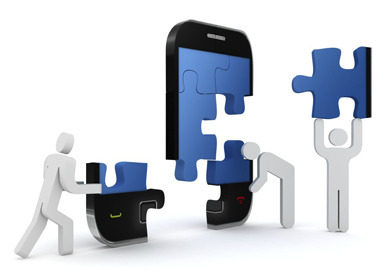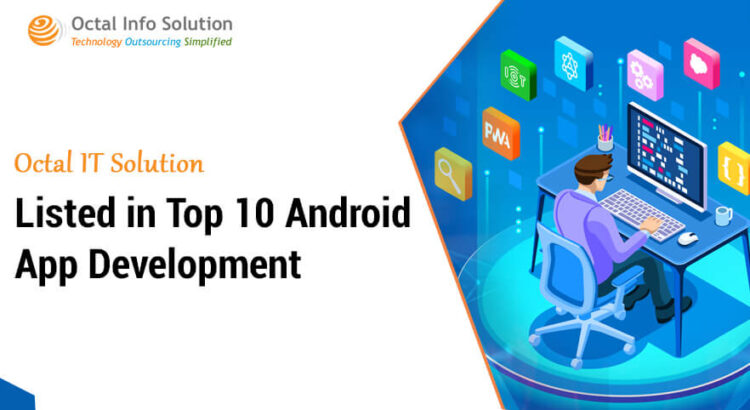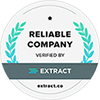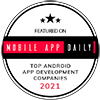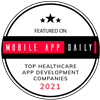According to the Connected Consumer Study survey of the beginning of 2018, 72 percent of the US population had a smartphone at that time. That number has since increased. There are plenty of articles to read about finding your customers, clients on online platforms, and channels.
In this article, we don’t want to write about this in more detail, but about how in-house efficiency and, where appropriate, sales can be aided by a mobile application designed for the business that can be connected to an existing (or new) corporate governance system.
Efficiency-enhanced, integrated mobile applications
You can name almost every multinational in the world where employees can be regularly seen with a mobile phone in their hands. This is not because they are on Facebook, but because inventory management and information flow within the company are done through mobile apps. However, this is not just a privilege for large companies today: there is a growing demand for various efficiency-enhancing, integrated mobile applications in the SME sector as well.
There are now “finished products” for this, but there are also a lot of custom developments, the great advantage of which is that the new product can be connected to systems that have been operating for a long time.
In our article, we provide practical advice on when you need a mobile application that can be connected to existing systems, what to look for during development, and present live examples we’ve drawn from our own work and the needs of our clients.
When should you develop a mobile app?
A mobile app can be useful in all cases where colleagues often meet with a client or partner outside the office and need to document the details of the meeting, possibly issue an invoice, and place an order.
In addition, a mobile application plays a key role in a number of business areas where the regular image or video documentation is required. These include monitoring product placement at regional representatives, administering findings and images to physicians, and uploading required images of products or property to damage assessors or appraisers.
Win a lot of the company by the mobile application documentation process can be started, the survey may be carried out on-site, be recorded and a gesture can be closed. With this, the activity is documented in the management system, the process is extremely fast, accurate, and efficient. This is appreciated by the colleague who does the documentation and also by the one who has further work with it.
Which areas get the most out of a mobile app?
In our experience, a well-functioning mobile application connected to a corporate governance system throws a huge impact on work efficiency and employee satisfaction in the field of TRADE AND SALES. To provide practical advice, here are a few examples from our own work.
We have created an application for a trading company that can be used by area representatives or merchandisers. Not only have we connected the application to the company’s own business system, but we have also made it integrable with other business systems via an API interface (this kind of integration and flexibility is a rarity).
The application covers the following functions:
- Tour calendar – the employee visits the partners according to the given tour plan, logs the arrival, can make a report and can complete his/her tasks by completing the visit.
- Fieldwork – typically an interface for reporting merchandiser activities. Such as the inventory survey to see if the products are in stock. As well as this kind of work is photographing the shelf image, photographing the placement of a stand, or documenting and reporting the hostess placement.
- Administration – within this module, a representative has the opportunity to view the central stock, price, and information of all other products. You can place an order within this menu item, and if you sell a product that can be sold from your truck, you can also issue a delivery note/invoice after placing an order, and you can complete the entire sales process.
- Receipts – You can retrieve all previous receipts for a specific product or customer.
- Price list – you can see the product prices set for a specific partner.
- Inter-warehouse movement – you can request goods from the central warehouse for your own car, you can return goods and you can hand over goods to your colleague.
Inventory, reports, summaries, queries
The company is starting to use the app these days and has set serious targets in terms of metrics for employees to work efficiently and increase sales.
Another very topical and interesting area is CONSTRUCTION. For the customer, we create a mobile application complete with CRM that is related to their existing business management system and that can be used well by the 15-person team, including regional salespeople.
CRM functions, in this case, mean the following:
- project management
- customer service
- Calendaring
By implication, through the mobile app, field sales can also access systems such as inventory (price and inventory information) or memos and customer data added to previous CRM.
Following the development, colleagues through the app
- they can create new projects
- building information such as an address, owner, contractor, designer, etc. can be specified
- they can assign clerks to projects
- they can attach documents
- the following events, tasks to be assigned
- they can take a photo
In addition, it will be a very exciting challenge to be able to use geolocation as well, so the app can help the dealer locate, suggest where to start from the current customer, making work much more efficient.
Digitization in agriculture
Digitization also plays a prominent role in AGRICULTURE. The Digital Agriculture Strategy, developed at the national level, aims to promote sustainable agriculture and environmental protection. It is very important today for farmers to be able to obtain and analyze data from the smart tools used for precision farming.
Manufacturers also pay special attention to this and develop applications for more serious machines, which, in addition to precision work, can be used to measure the working time of workers, the average yield, productivity, etc. If required, a mobile application can be created for these systems to expand or personalize the tasks even more widely.
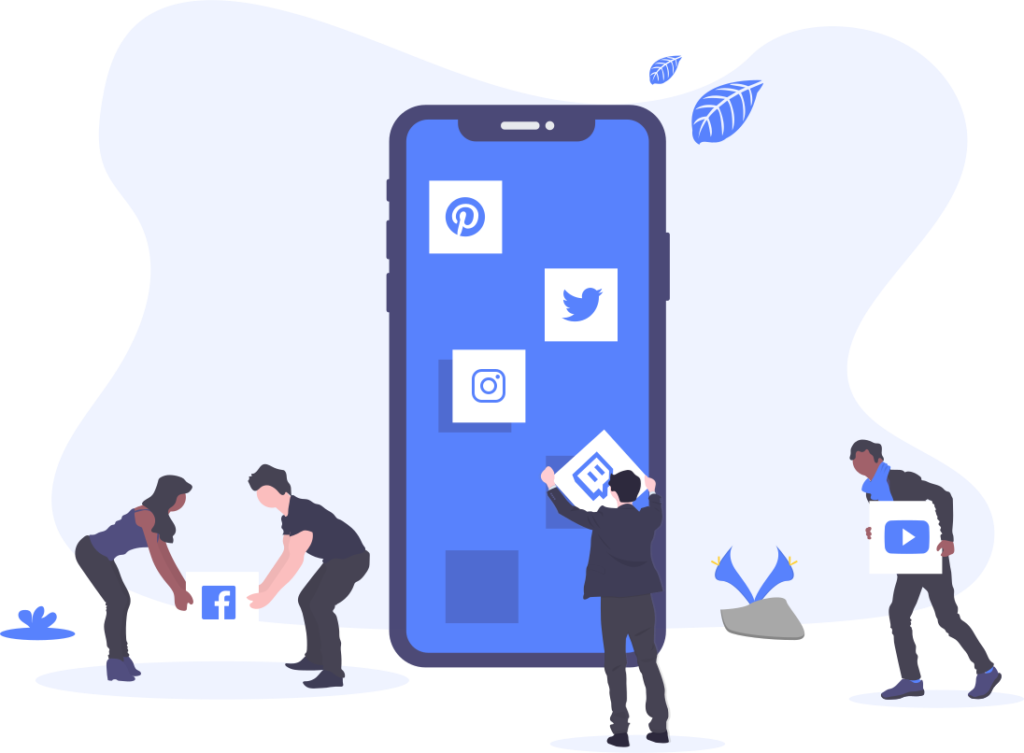
The MARKETING area cannot be left out either. Perhaps the biggest change has been in the way and channels of communication in recent times. Research shows that 97% of internet users use some form of social media site on a weekly basis. Among the social networking sites, there is Facebook, Instagram, LinkedIn, YouTube, Twitter… and who knows what will appear in the future. It is difficult to track and organize when and on which surfaces a given content appears.
This is why countless applications have been developed today to manage these, but they are all paid and the range of options they offer is limited. For example, for an agency that manages many profiles, the apps on the market are not the answer. However, with this self-developed mobile application, this difficulty can also be easily overcome.
This means a lot of efficiencies, as employees do not spend their time manually sharing content or trying to keep track of what they want to share on a day-to-day basis, but can gain new inspiration and work on new topics in their free time and statistics can be retrieved from the system.
Summary
More and more companies are creating applications for their own internal use, which, combined with existing systems, the company uses to make day-to-day work more efficient and increase transparency. There are already many examples of this in the USA, in fact, there are places where both internal use and the public version work together. Your own mobile application is now available to SMEs, and even on the road to efficiency gains and digitalization is inevitable after a certain point.
A well-functioning application can be a great help to salespeople, who can quickly request, for example, an offer that meets the needs of a given customer, even away from the office, via their phone. But they can be used for inventory control, effective management of social media interfaces in marketing, project management in other industries, or even an excellent tool for some kind of gamification idea that can significantly increase the efficiency of the area concerned. The range of possibilities is endless, and with a good development team, developments are limited only by imagination.
If you have any questions about this topic, feel free to contact us or sign up for our free consultation, where we will work out together what type of development is best for your company!



